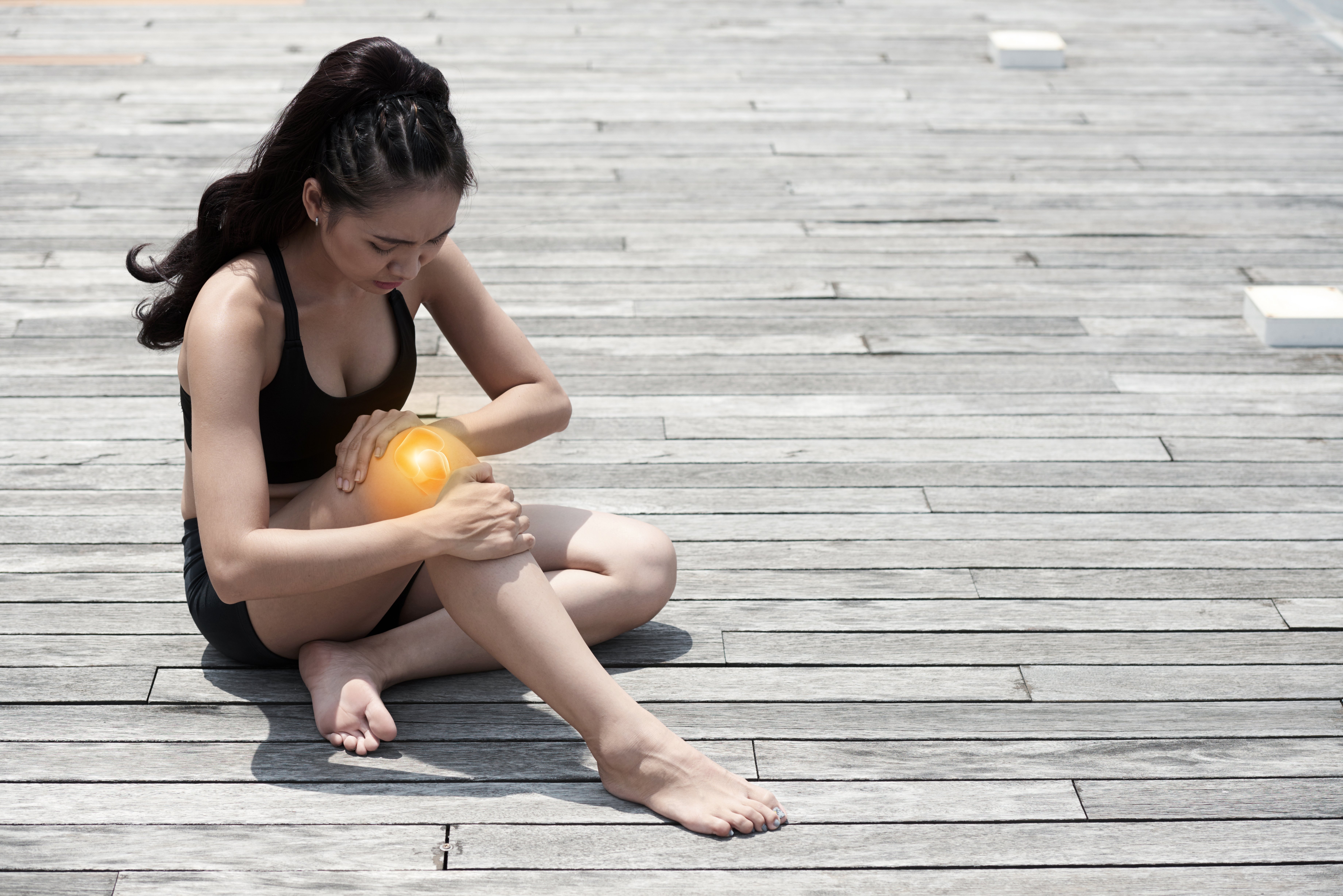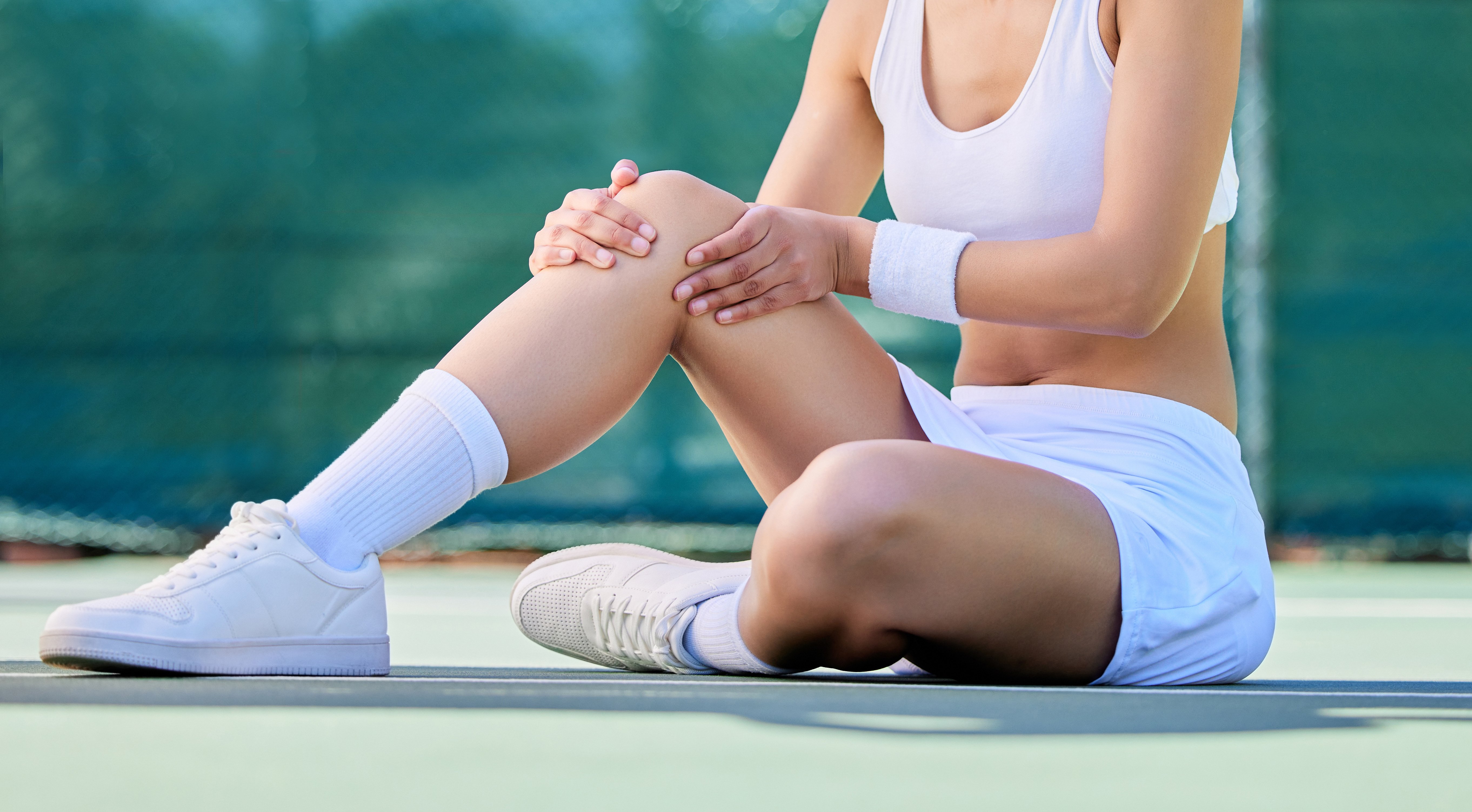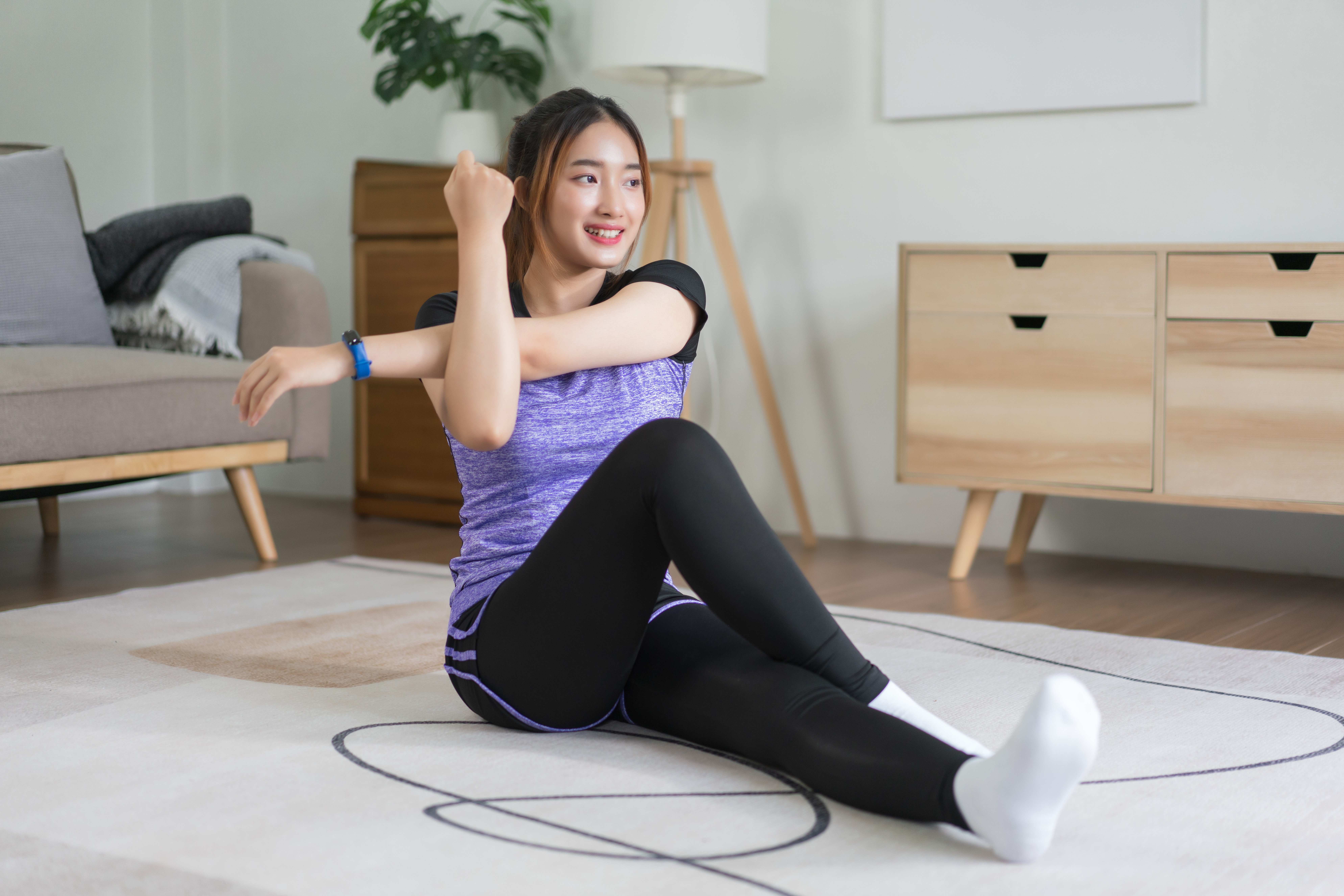
It can be hard to understand joint pain as it doesn't always happen in just one part of the body. Our joints are where our bones meet, such as our shoulders, wrists, knuckles and elbows. Therefore, aches can be concentrated in one area or felt in multiple parts, for example, in our knees and hips.
Joint problems are common as we get older. It can also crop up in the form of fractures, degenerative conditions or even diseases. Joint pain often leads to reduced activity and even disability in some cases. This is why it's important to know how to look after our joints – at any age – and how to treat any conditions that affect this part of our body.
What is joint pain?
Joint discomfort is most commonly felt in our hands, feet, hips, knees or spine. The pain may be constant or it could come and go. Pain could be in the form of aches, sores, throbbing, burning sensation or an overall stiff feeling.
There are also cases where the pain and stiffness is the worst in the mornings, but gets better as the day progresses, after some movement. But being too active or moving too much could also worsen the pain.
Some people are more prone to joint pain. This includes those who have arthritis or other chronic medical conditions, anyone who has had a previous injury to a joint, or people who repeatedly use and/or overuse a muscle. Age could also contribute to stiffer joints, as does being overweight or in poor health. People who are stressed or suffer from mental-health conditions such as depression or anxiety could also have joint pain.
Mild joint pain is usually just an inconvenience when doing certain activities but when it is severe, it could be difficult to make even small movements. Pain could be so severe that you’re unable to even do basic tasks.
What are some causes of joint pain?
Arthritis is the most common cause of joint pain. It involves the inflammation of your joints and there are two main types – osteoarthritis and rheumatoid arthritis. Osteoarthritis is more common among the elderly and is seen as a form of degenerative disease. It happens because of 'wear and tear' to our joints over the years. However, younger people may also have it, especially if their joints have been significantly injured. Rheumatoid arthritis is an immune-system illness that affects multiple joints. When the condition progresses, it could lead to joint deformity and also loss of mobility. Most people get rheumatoid arthritis between the ages of 25 to 40, although it could occur at any age. Women are three times more likely than men to develop this condition. Starting treatment early for rheumatoid arthritis reduces the risk of having long-term issues.
Gout is another type of arthritis that causes pain and inflammation in one or more joints. It happens to people who have high levels of uric acid in their blood. The first joint you'll usually have pain in is your big toe, before moving on to other parts of your body. Pain can be very severe. You may be given an anti-inflammatory painkiller to ease the discomfort. Lifestyle factors such as losing weight, eating a healthy diet and reducing your intake of alcohol and sugary drinks could reduce your risk of gout.
Other causes of joint pain include:
- An injury to a joint, bone or soft tissue – these could be a result of a sports injury. Stop exercising when you feel pain and seek medical advice if the pain persists. Some injuries can be eased with home treatments while others require special medical attention.
- Influenza – having the flu could make several joints feel painful. This is especially so if you have a high fever too.
- Hypothyroidism – this is when your thyroid gland is underactive. Changes in your body may include joint pain. Your doctor might prescribe hormone therapy if you're diagnosed with hypothyroidism.
- Fibromyalgia – this chronic condition doesn't directly affect the joints. However, symptoms usually include fatigue, tenderness and muscle and joint pain. Because it's hard to test for fibromyalgia, it tends to take a long time to get a diagnosis.
- Lupus – this is an autoimmune disease and symptoms include kidney problems, memory loss, fever, extreme fatigue, as well as muscle and joint pain.

Treatment of joint pain
In certain situations, home remedies – such as over-the-counter painkillers or applying a heat pad or ice on the affected area – will be enough to treat your joint pain. Your doctor will need to evaluate your pain and carry out a physical examination or perhaps even do blood tests to determine the cause. He may then prescribe painkillers or send you for physiotherapy, depending on the underlying cause.
If you're overweight, losing weight is advised as it'll put less stress on your joints. You could also take supplements such as glucosamine to help with joint pain. Always speak to your doctor before you start taking any new supplements.
Exercise is necessary as it helps to lubricate your joints and decrease stiffness. It also boosts your mood and will make you feel more energetic and motivate you to keep moving. Low-impact aerobic exercises, walking or swimming are recommended as they don't over-stress your joints.
Do aerobic exercises that bring up your heart rate without causing too much impact on your joints. For example, a high-intensity aerobics class will not be suitable. Instead, try working out on a stationary bike or a treadmill, or use a stair-climber machine.
If your joint pain is in the lower half of your body, your balance might be affected. This could increase your risk of falls, which is especially dangerous if you're older. Balance training helps here, so try standing on balance boards or balls. Or get together with friends for a yoga, tai chi or qi gong class.
Anyone with joint pain should also strengthen their muscles, to take some of the pressure off your joints. Do a strength-training routine at home or join a gym. It's best if you work out all the major muscle groups – shoulders, arms, legs, hips, back and chest. Invest in resistance bands for home workouts. Body-weight resistance exercises include squats, abdominal crunches and push-ups. Weight training is also good for strengthening – get advice from a qualified trainer on the type of weights and best technique that suit your joint issues.
If you are used to doing strenuous workouts, it might be wise to scale back if you have joint pain. Also remember to stretch before exercising, to avoid joint strain.

Getting treatment for your aching joints is important as it improves your quality of life and also reduces the chances of it worsening. Pay attention to how your joints are feeling and see a doctor as soon as you have any pain.





![ActiveSG Academies and Clubs Logo (Solid Colour)[8647]](https://www.activesgcircle.gov.sg/hs-fs/hubfs/ActiveSG%20Circle%202023Theme/images/ActiveSG%20Academies%20and%20Clubs%20Logo%20(Solid%20Colour)%5B8647%5D.png?width=150&height=65&name=ActiveSG%20Academies%20and%20Clubs%20Logo%20(Solid%20Colour)%5B8647%5D.png)



-01.png?width=200&height=141&name=Team%20Singapore%20Logo%20(Red)-01.png)












.jpg?width=250&height=250&name=CQ@Clarke%20Quay%20Poster.jpg%20(400x400px).jpg)
.png?width=250&height=250&name=CCE%2024%20April%20Coaching%20as%20a%20way%20of%20Life%20From%20(400%20x%20400%20px).png)

